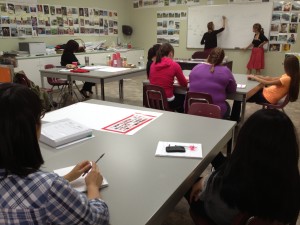Conor Quinn recently brought to my attention an article by linguist Ghil’ad Zuckermann that proposes for compensation to be paid to Australian Aborigines specifically for language loss. He argues that such a scheme would “support the effort to reclaim and revive the lost languages”, helping to reverse, or at least hold off, the systematic linguicide that has been going on since the colonization of Australia.
The proposed “Native Tongue Title” would parallel the pre-existing Native Title, which provides legal protection for Indigenous peoples’ land rights, and work in conjunction with existing grant schemes for language protection and revitalization. While Zuckermann recognizes the effectiveness of current language policies, he criticizes the fact that they are often subject to political ebb and flow and that different communities are forced to compete for the same limited resources.
Quoting Ken Hale, “when you lose a language, you lose a culture, intellectual wealth, a work of art. It’s like dropping a bomb on a museum, the Louvre.” A language protection policy with stronger foundations as suggested by Zuckermann could help to prevent such immeasurable loss. Of course, more money does not necessarily mean better language protection and the question of how to use available funds is of utmost importance.

![photo[2]](http://migmaq.org/wp-content/uploads/2013/08/photo2-e1376050613663-300x225.jpg)
